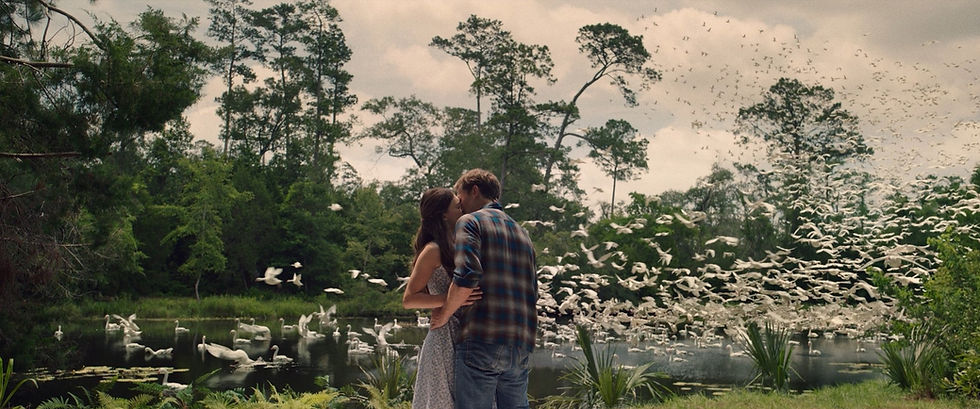When Color Whispers: A Colorist’s Reflection on Film Tone
- mediabeecolorlab
- Jul 7
- 2 min read
There are moments in cinema when a scene doesn’t just play — it breathes. It holds its posture quietly, almost like a painting, where every tone, every shaft of light, every hue is not there to impress but to evoke. That’s the kind of image that made me fall in love with color grading.
Take the still below — not just as a technical exercise, but as a visual poem. The candlelight doesn’t shout; it glows. The shadows don’t obscure; they protect. There’s an honesty in how the palette leans into warmth without abandoning contrast. It’s that delicate restraint that pulls me in.

What I love most about looks like this is that they don't rely on obvious tricks. There’s no punchy teal and orange. No over-sharpened skin. It’s quiet, but deliberate. The blacks are not crushed — they hold texture. The light isn’t overexposed — it caresses. The skin tones? Lived-in, filmic, and respectful to the story.
The Invisible Hand of Color
As a colorist, I often say: if your audience notices the grade, you’ve probably pushed too far. That’s the paradox we live in — doing work that’s invisible to the average viewer, but essential to their experience.
The still above is a masterclass in this. Look at the interplay between the warm flame in the background and the cool falloff in the corners. This is color not as an effect, but as subtext. The character doesn’t need to speak — we already know how they feel.
Lighting as Language
I often draw inspiration from candle-lit scenes like this one. They demand a kind of humility from the colorist — you can’t just “correct” your way into beauty. You have to let the light live and let the shadows breathe. You’re not fixing anything. You’re translating mood.
In this case, the light isn’t just illuminating the character — it’s shaping our emotional proximity to her. That’s where color grading becomes more than just technical craft. It becomes emotional authorship.
Why I Grade
I grade to protect moments like this. To support the director’s intention, the DP’s vision, the actor’s vulnerability — and to preserve the poetry that can so easily be lost in translation from camera to screen.
And when I get the balance just right — when the shadows sit where they should, when the color lives just under the skin, and when the story is carried by tone rather than treated with filters — that’s when I feel like I’ve done my job.
If you’re a filmmaker looking to elevate your visuals without overpowering your narrative, I’d love to collaborate. At Mediabee Color Lab, I treat every frame like a sentence in your story — carefully punctuated, emotionally honest, and built to last.
Let’s bring your vision to life.
Ilker
Senior Colorist & Founder, Mediabee Color Lab




Comments